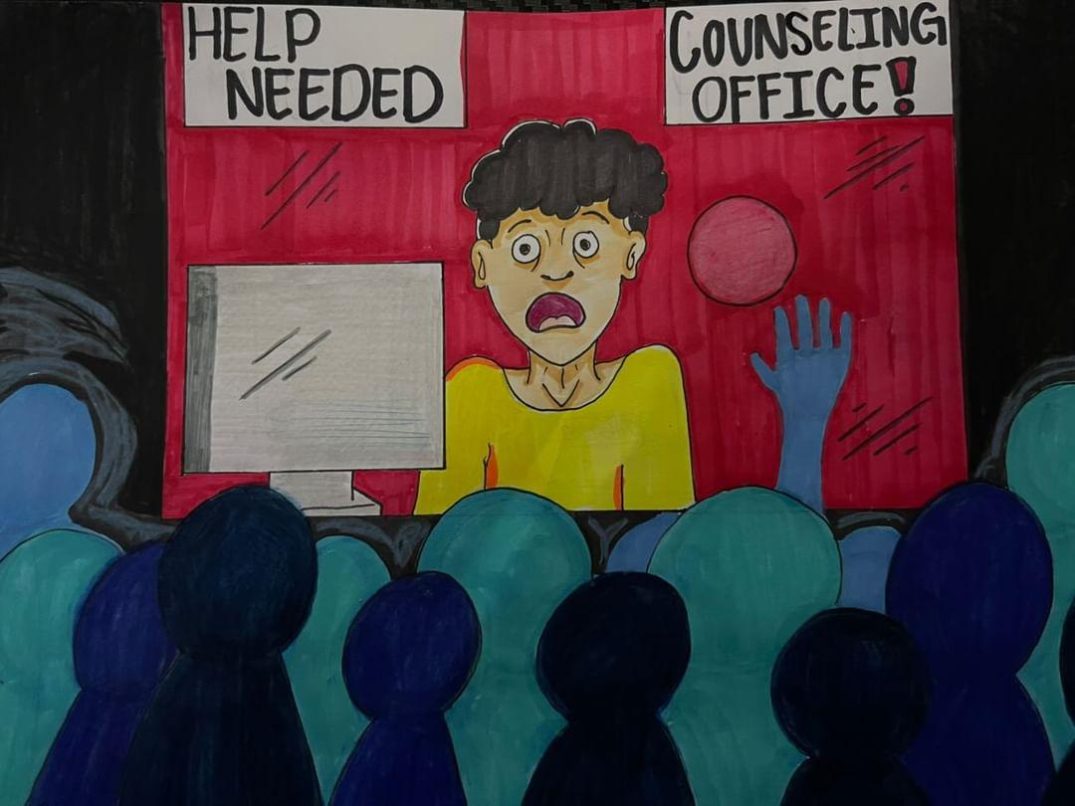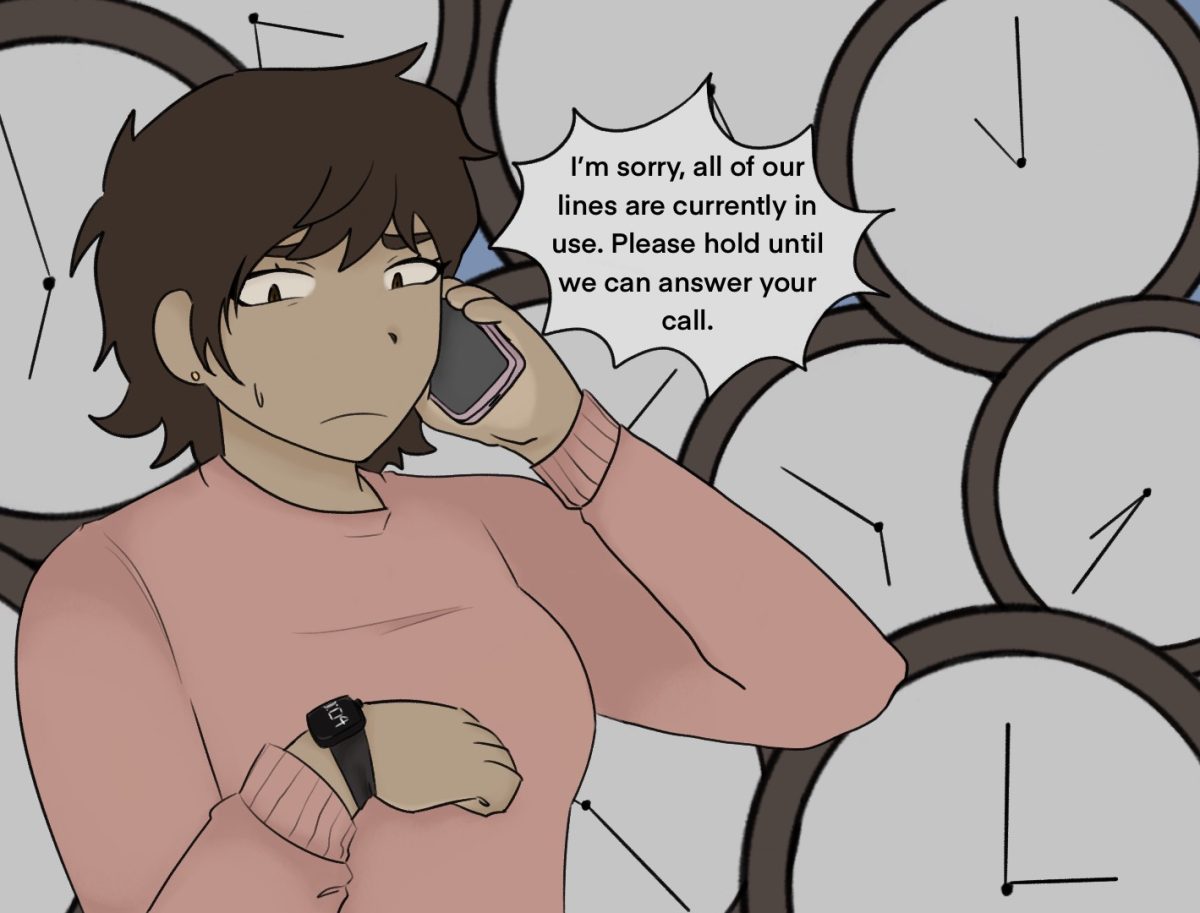The public is not paralyzed by fear. Recent media attention to a possible 2009 outbreak of influenza A(H1N1) virus pandemic was a necessary precautionary measure to bring awareness to the public.
This virus has been the closest candidate to a devastating pandemic that we have had in years. However, there’s a large chance it won’t turn into a pandemic.
The appropriate preventive measures to stop the spread of the virus needed to be enforced.
The public awareness of how to prevent the spread of the virus has been essential to keeping H1N1 under control. Washing hands frequently, staying away from the sick and the use of facial masks are some of the things the public has concentrated on.
According to the World Health Organization, 29 countries have officially reported cases of H1N1. The United States has reported 242 laboratory confirmed human cases, including one death. There have been more deaths in Mexico than any other place in the world from H1N1.
Mexico has had 1,364 laboratory confirmed human cases of infection, including 45 deaths. Mexico City is the apparent birthplace of the virus and has been left vacant. The city of more than eight million people has been virtually behaving like a ghost town. The fear that one will catch the swine flu has kept both tourists and locals away.
The response to the virus by health officials was warranted because if this virus had started a pandemic, effects from this would be many lost lives.
What would have happened if the Mexican government had done nothing to curb the virus? Instead, they banned large public gatherings, encouraged people to wash their hands and promoted coughing into your sleeve, which curbed the spread of the virus.
If this virus had turned into a pandemic, the world economy would be in an even worse place than it is right now.
We have all heard the skeptic’s claims that more people die a year from the ordinary seasonal flu than the H1N1. They say that the media is drawing controversy over something that is virtually harmless.
President Barack Obama claims that H1N1 is not as strong as we once feared, but we’re not out of the woods yet.
The wreckage is obvious in Mexico, but we shouldn’t unnecessarily take the chance to see if the virus is deadly or not.
So, beware and be prepared, public health officials claim that the virus could return in a new and more dangerous form this November.






